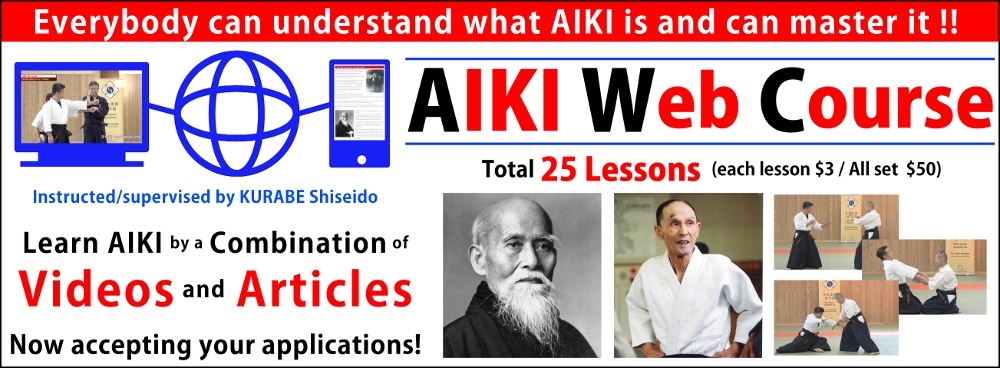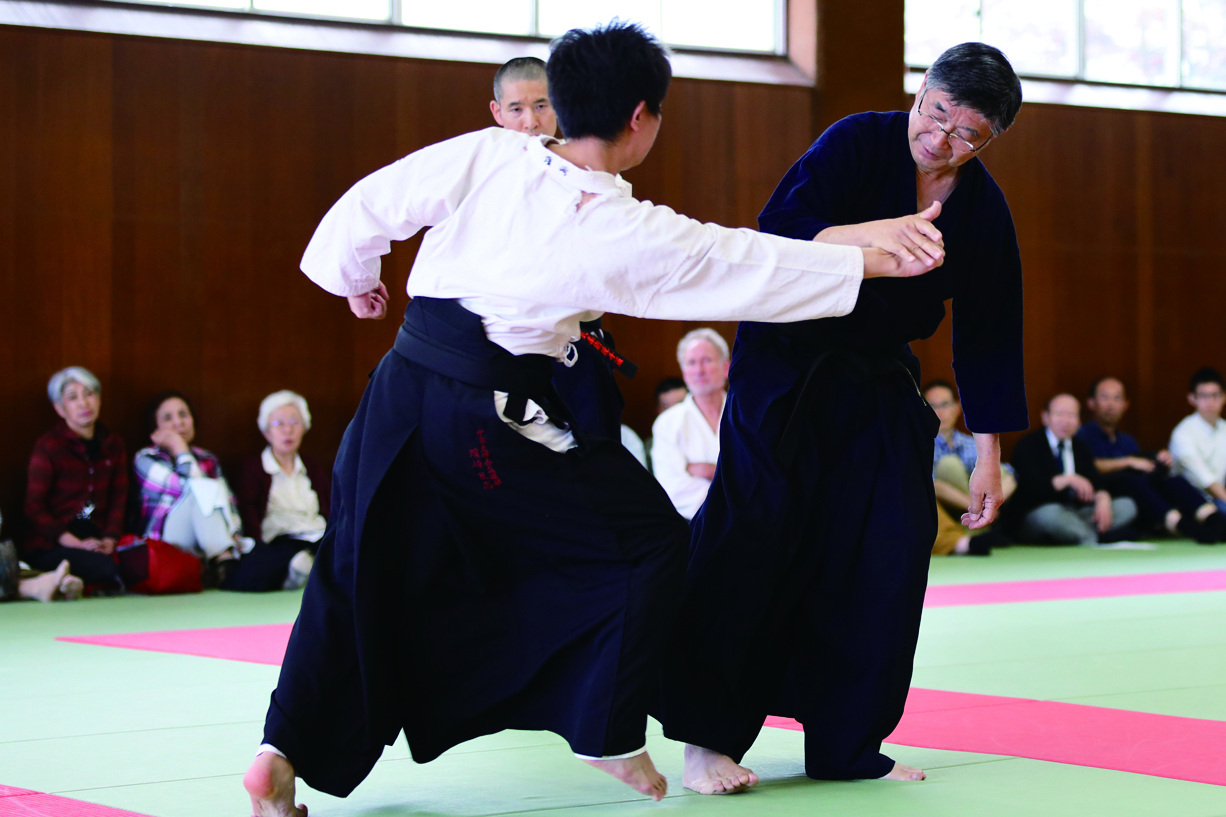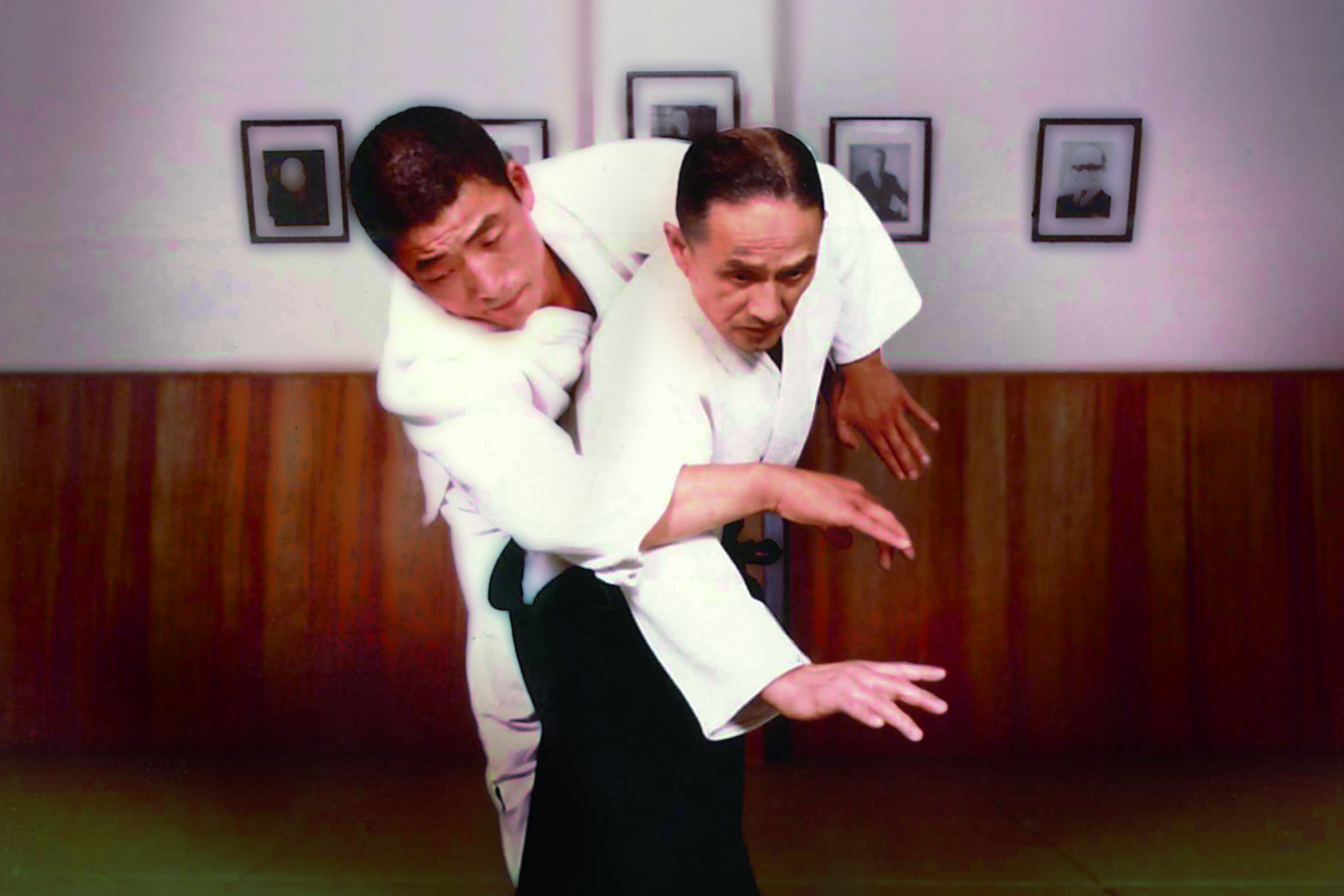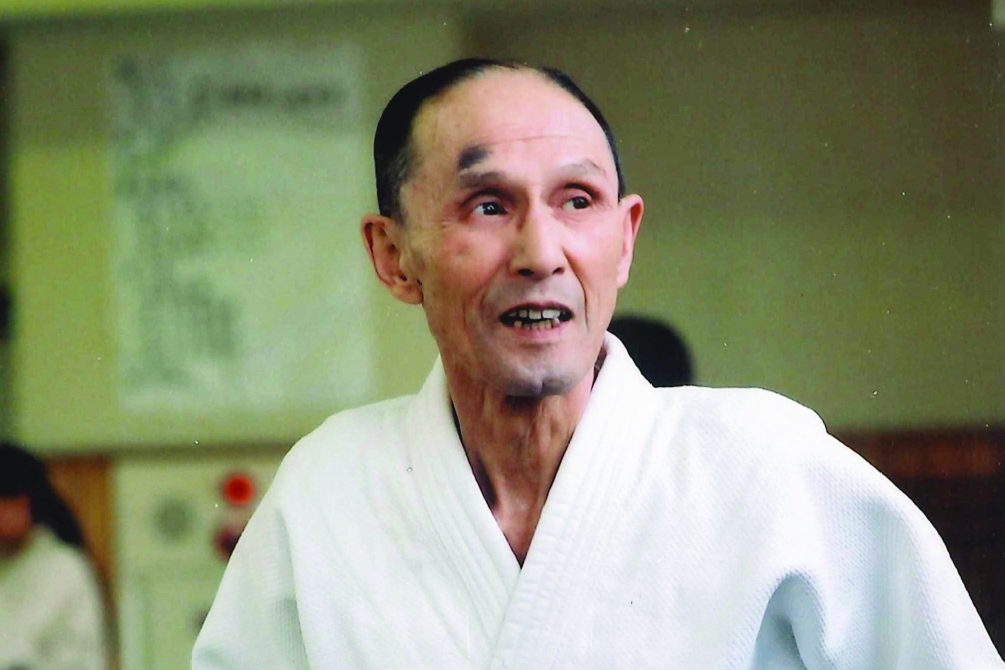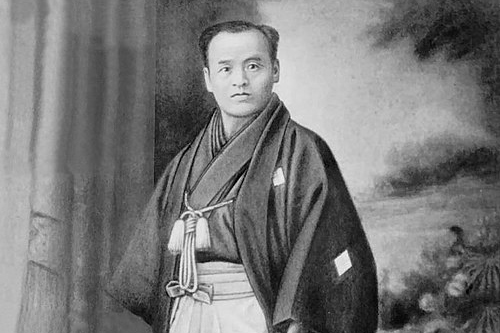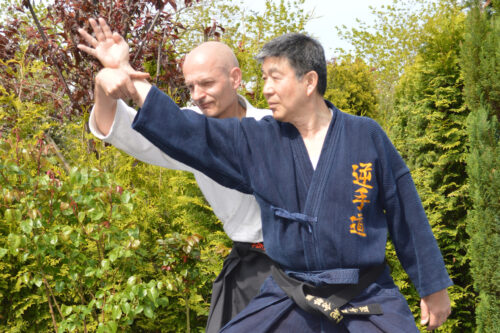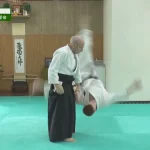» At the starting of AIKI Web Course
【AIKI Web Course Part 2】
Lesson 11 - Gyaku-te Realized by the AIKI Method
It’s a Gyaku-te technique that controls the wrist joint, but if you can use AIKI instead of strength, you’ll see a different world.
I will explain this point using the technique named as [Kotehiki Nage] of AIKI Jujutsu Gyakute-do (※)as an example.
※…A self-defense martial art established in the 1970s by late TANAKA Tadashi, Chushudo Sōshi, i.e. grand master. After the passing away of Sōshi TANAKA, it was discontinued for a time. But in 2005 it was revived as “AIKI-Jujutsu Gyakute-do” together with the AIKI system that I, KURABE developed independently.
Kote Hiki Nage
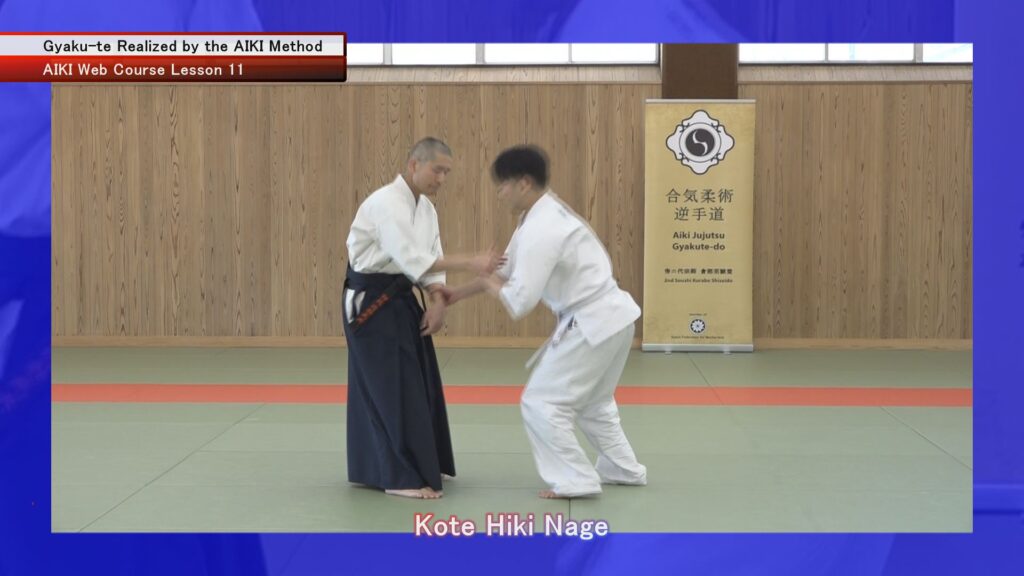
A and B stand by face to face.
A…Defender
B…Attacker
a・B takes a step forward with his left leg and grabs A’s left wrist by his left hand while attempting to attack with a right upper poking.
b・While A turns his body to the right, he uses his right hand to attack B’s eyes by Kasumi-gake(※)
c・A grabs B’s left hand with his right hand.
d・A brings that right hand straight down along his right side.
e・If A uses force when lowering his right arm, A will receive resistance of B.
f・When lowering his right arm, A should use Nondetectable Force Transfer. Then he can lower his right arm without receiving resistance of B.
※…A technique in which the opponent’s eyes are temporally blinded by tapping them in the eyes with your fingers.
As you use Nondetectable Force Transfer to this technique, you should not put force on your right hand by which you grasp the opponent’s left hand.
As soon as the opponent detects your force on his left hand, he resists and blocks your lowering motion.
1 How to grip the opponent’s hand
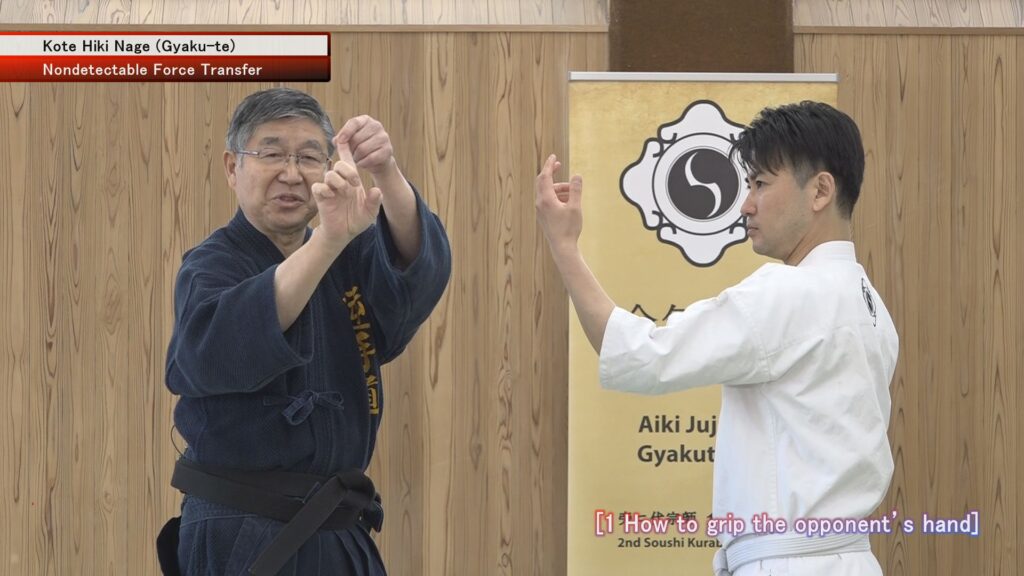
Grasp the opponent’s left hand in the following way.
The thumb, little finger, ring finger, and middle finger are simply hooked on the edge of the opponent’s palm. The index finger is easy to apply force, so stretch it out on purpose. The only force you need is the ball of your thumb’s foot, which is pushing against the back of your opponent’s hand.
It may be difficult to lower your arm without applying force to your grasping hand. In this case, it is better to use the two methods described below.
2_1 Use your free left arm to push down your right arm
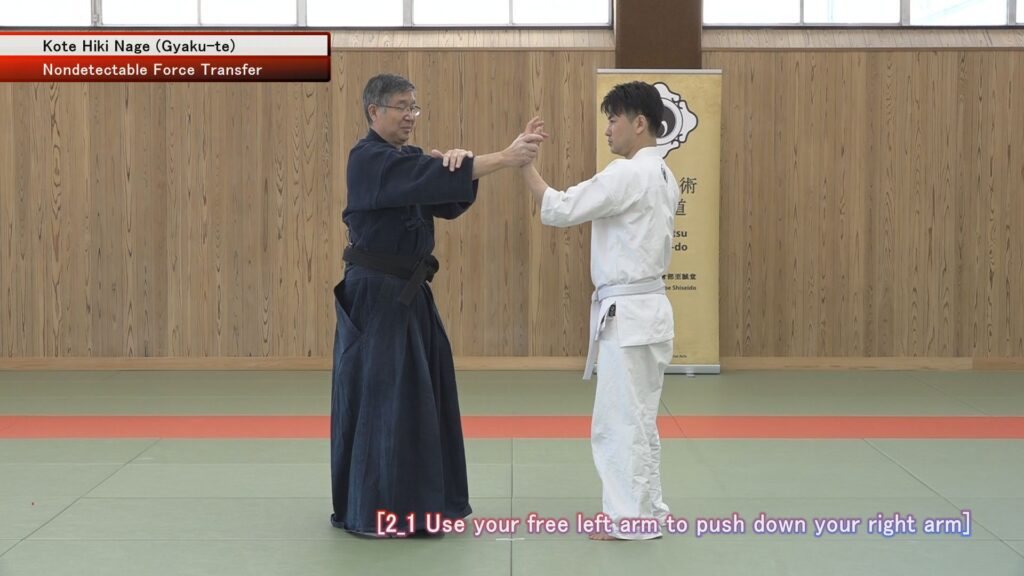
2_2 Synchronization of Movement
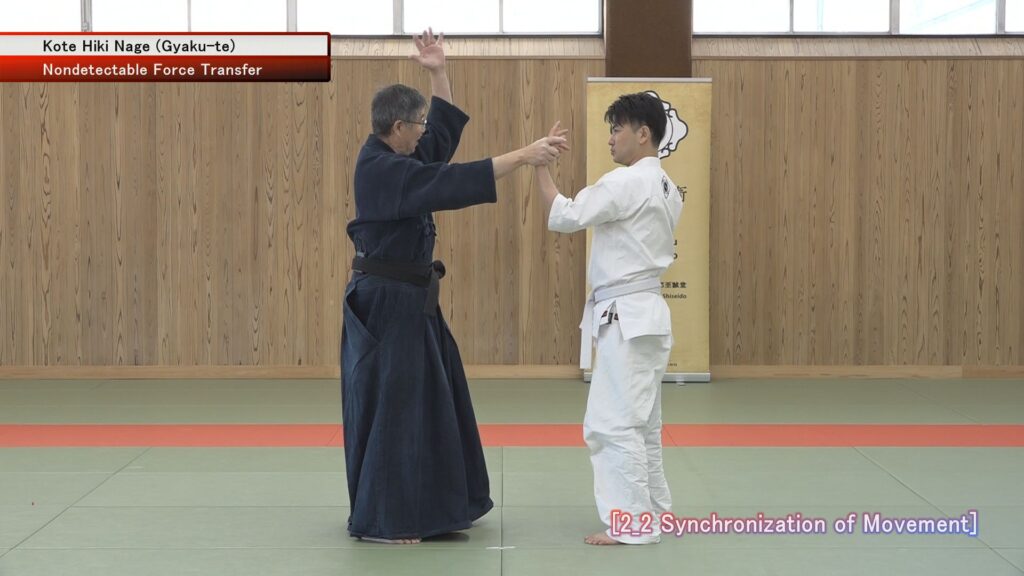
Do the same movement with your free left arm.(synchronization of the movement)
※Both from Lesson 3. Please try these practices.
Summary of Lesson 11
For Aikido’s Kote-gaeshi, you can sometimes see someone using both hands to forcefully twist the opponent’s hand and then throw him in the twisting direction.
In this case, if the opponent reacts improperly, there is a danger that B will be injured with his wrist. Also, if the opponent is strong, you may not be able to throw him due to his strong resistance.
But with AIKI, you don’t have to worry about that risk at all. This is because you will be able to turn the opponent’s hand without putting a lot of force and just by one hand.
Learn AIKI by a Combination of
Videos and Articles!!
» At the starting of AIKI Web Course
with Videos and Free Articles
AIKI Web Course Part 2 24 Lessons
-
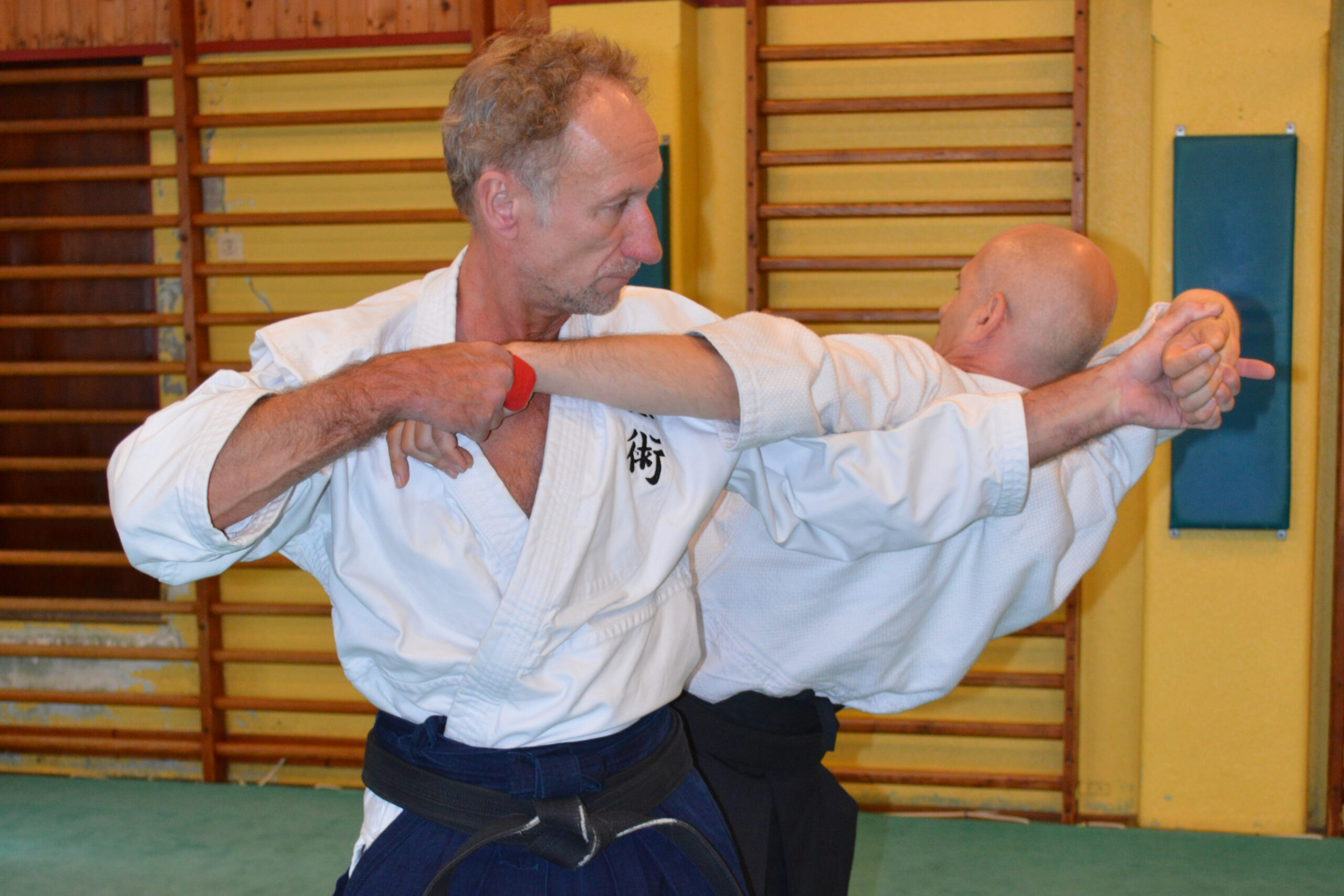
【AIKI JUJUTSU GYAKUTE-DO Series No.5】How you can learn Jujutsu properly
-
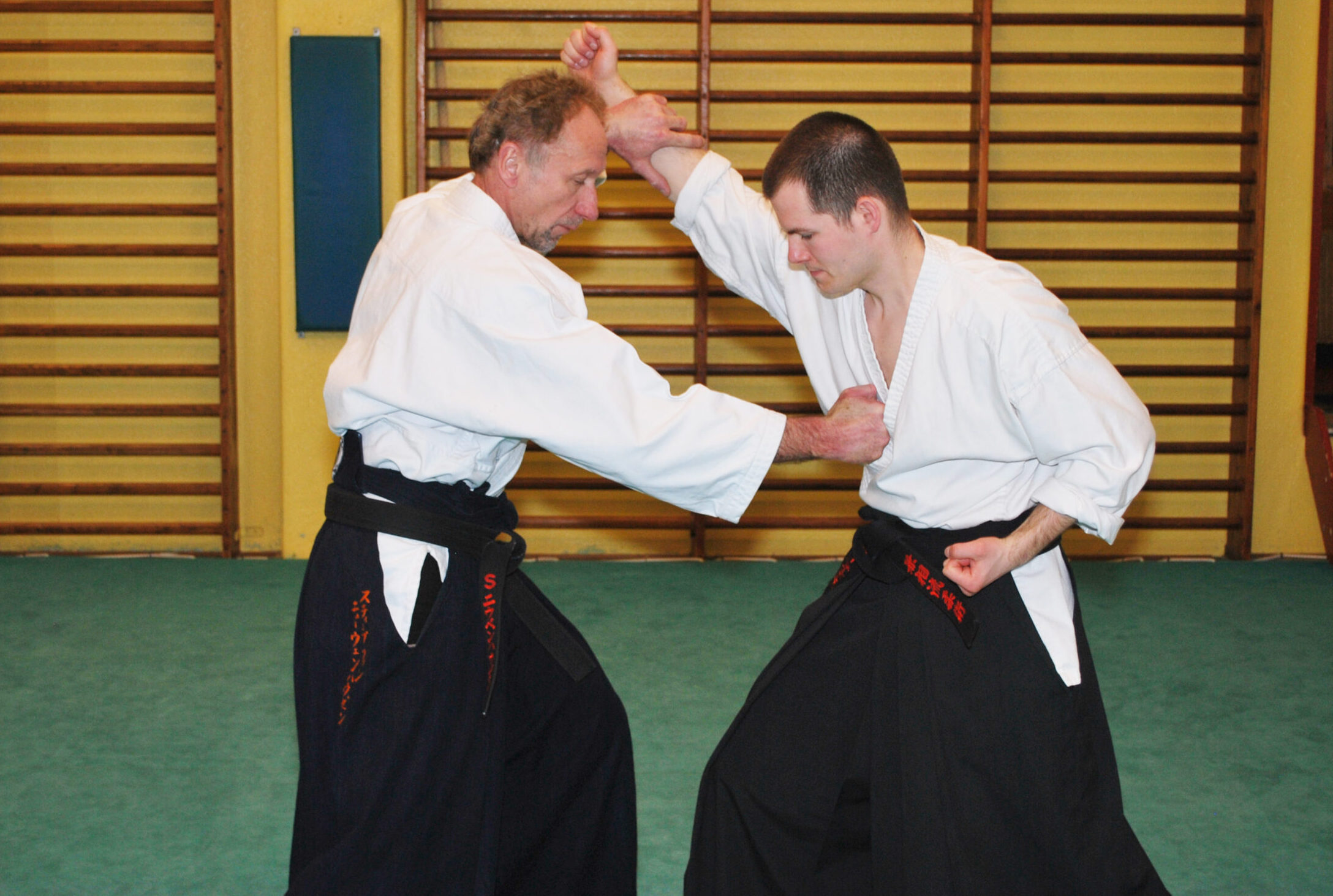
【AIKI JUJUTSU GYAKUTE-DO Series No.4】DAKEN-HO Hit and Kick KATA and AIKI
-
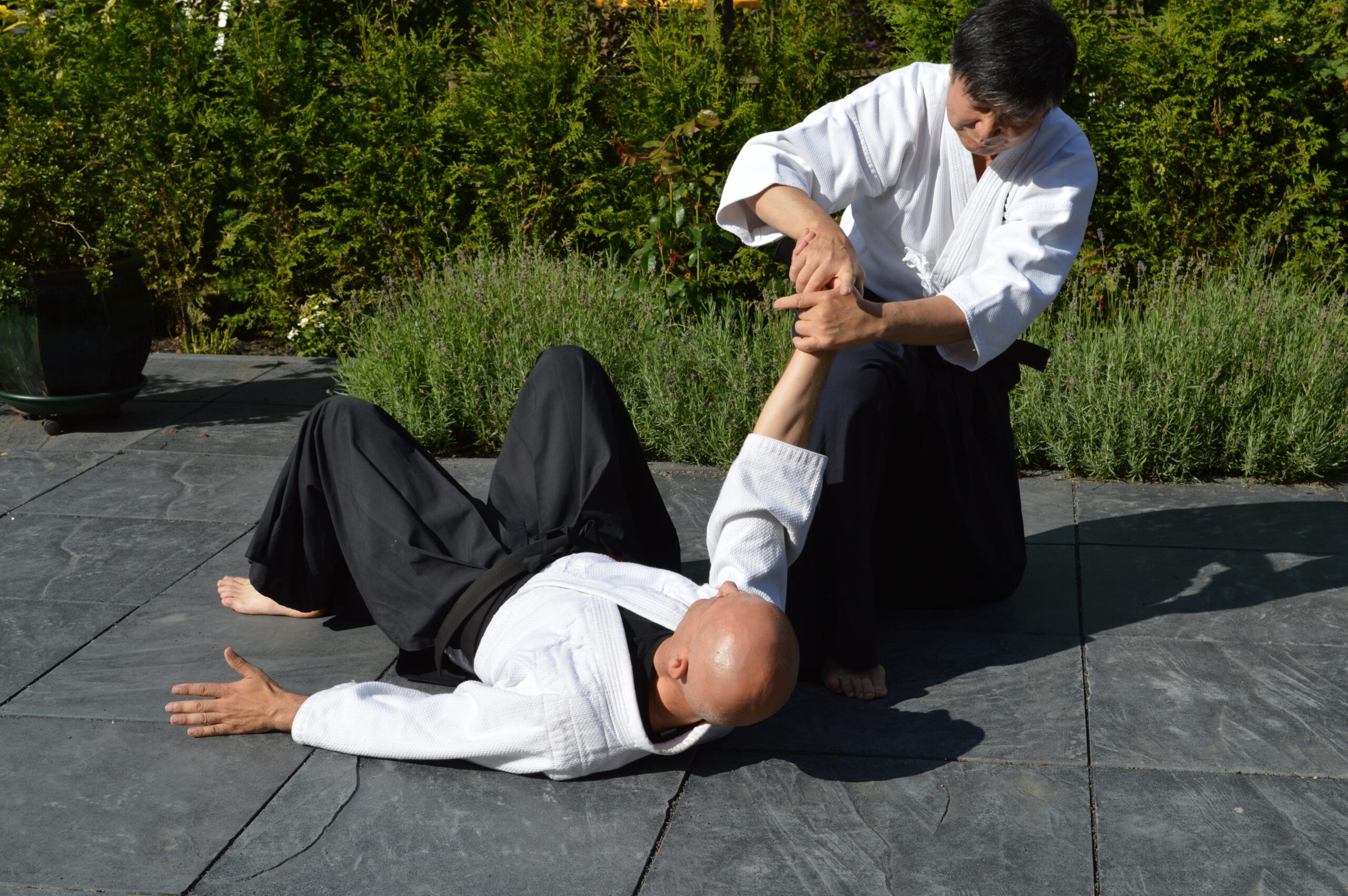
【AIKI JUJUTSU GYAKUTE-DO Series No.3】JUJUTSU WAZA, digest of FUDO
-
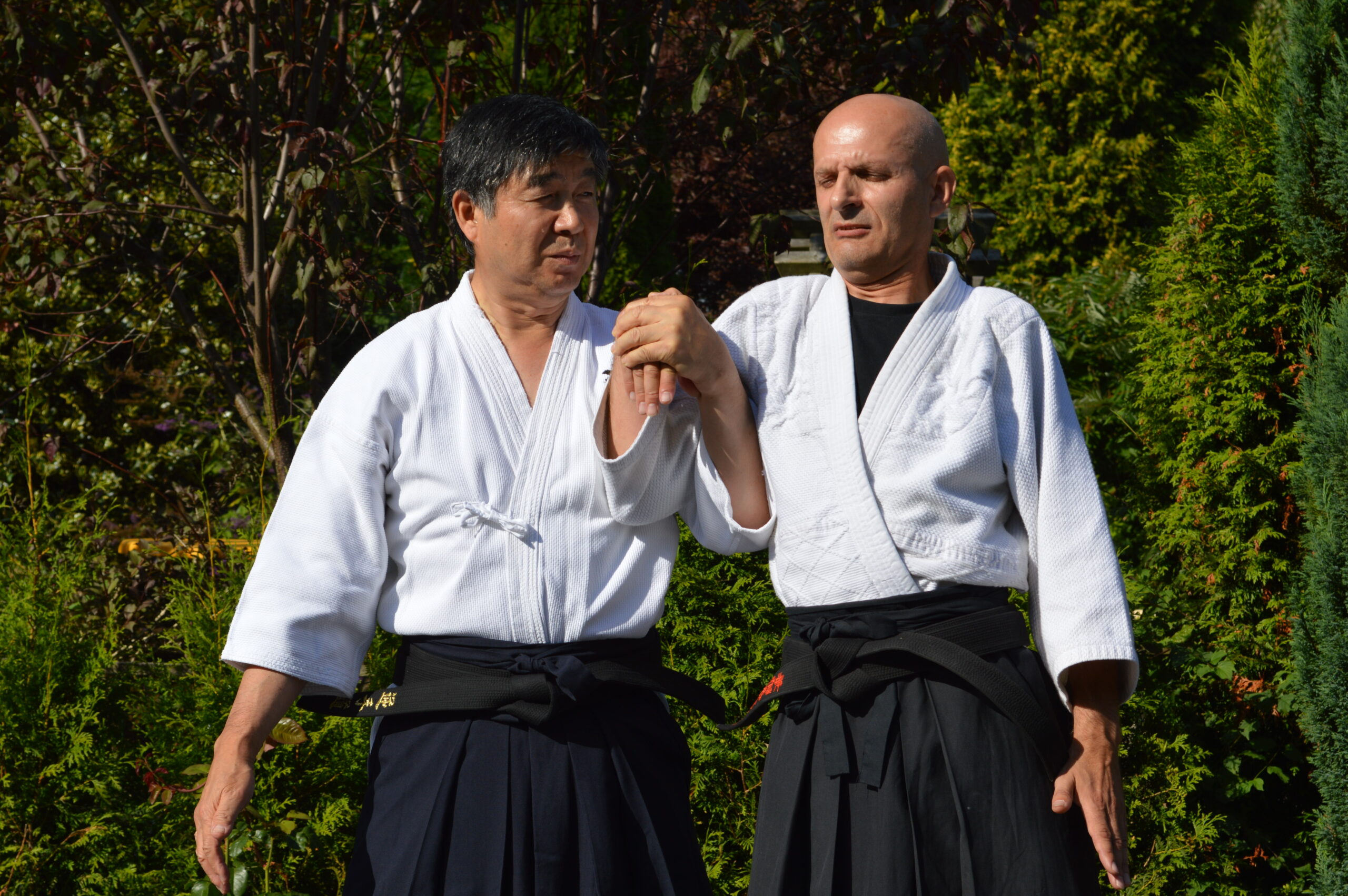
【AIKI JUJUTSU GYAKUTE-DO Series No.2】JUJUTSU WAZA, digest of NUKI, RENKO and NAGE
-
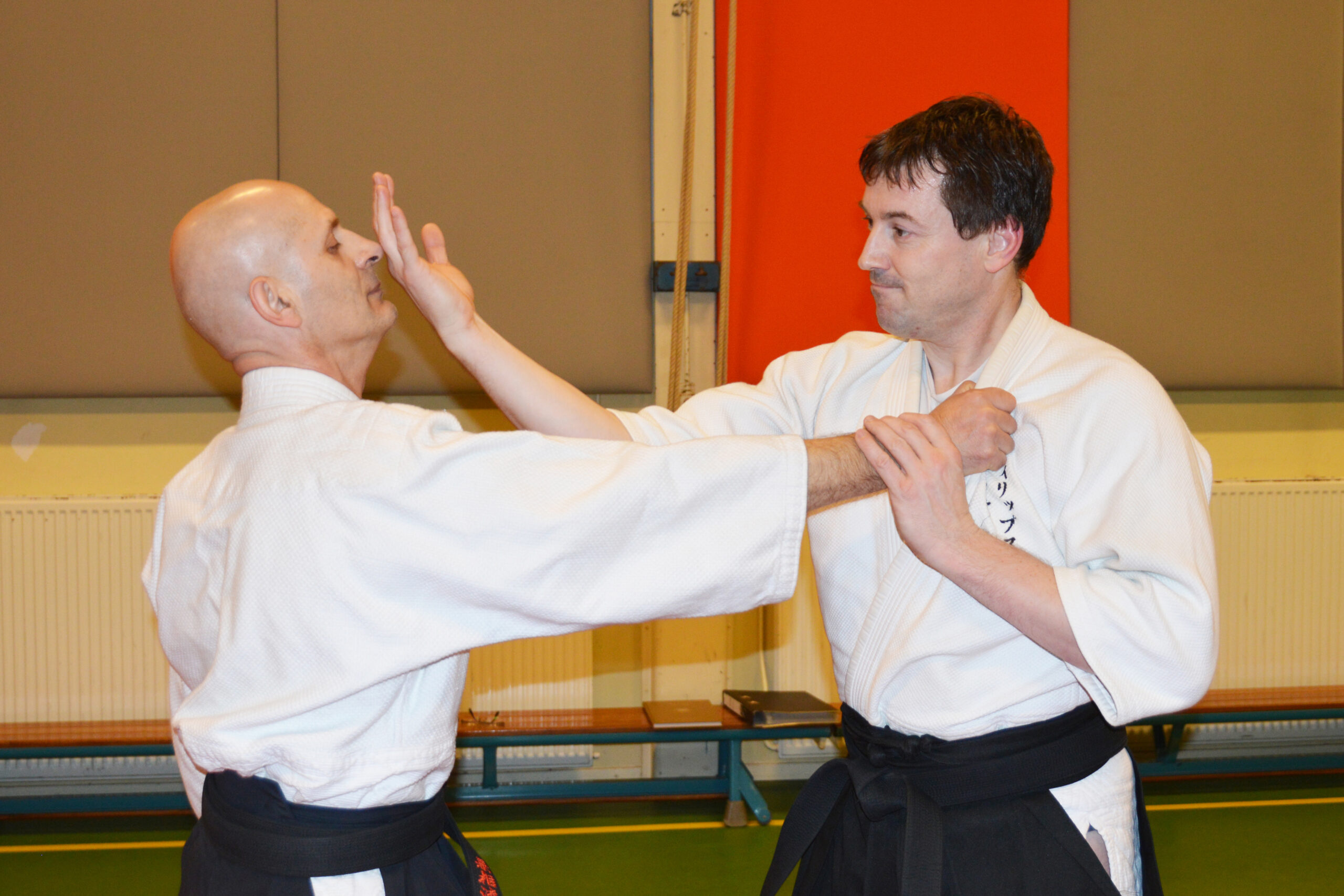
【AIKI JUJUTSU GYAKUTE-DO Series No.1】About GYAKUTE-DO and the digest of its basic techniques
-
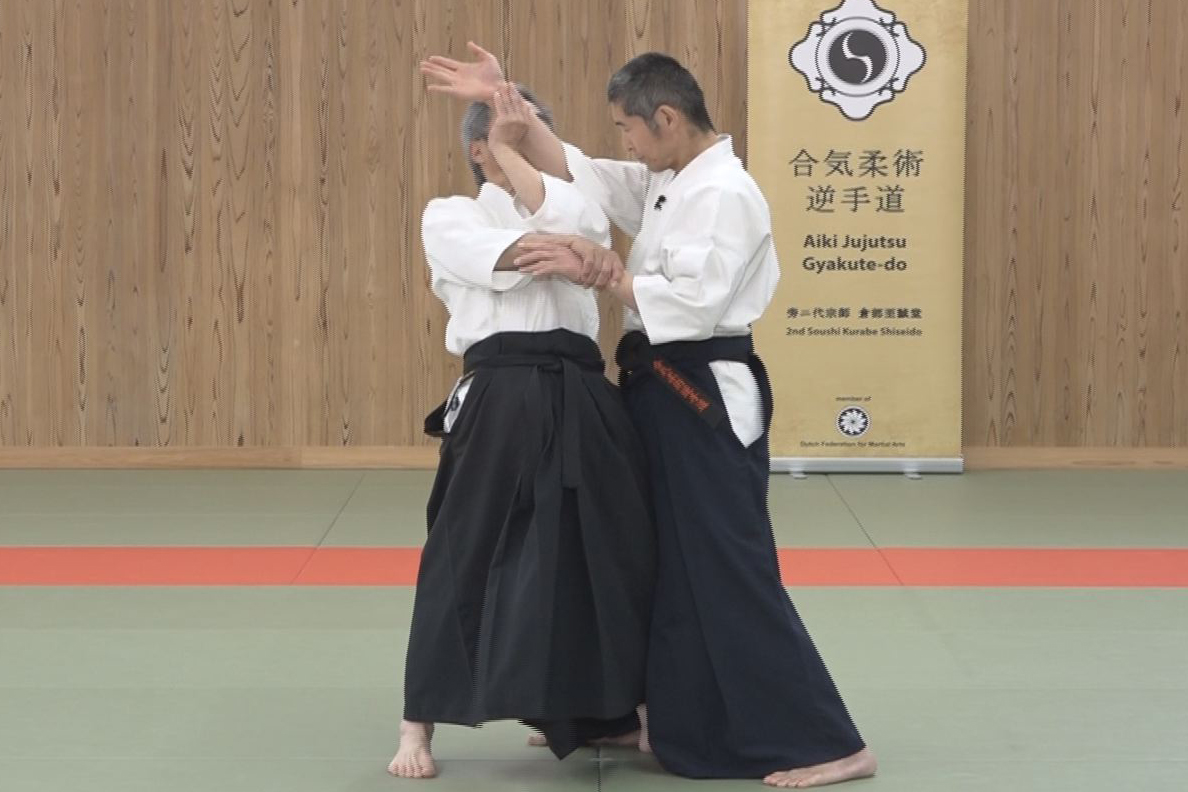
Lesson 24 With Comb. of Different Methods #2
-
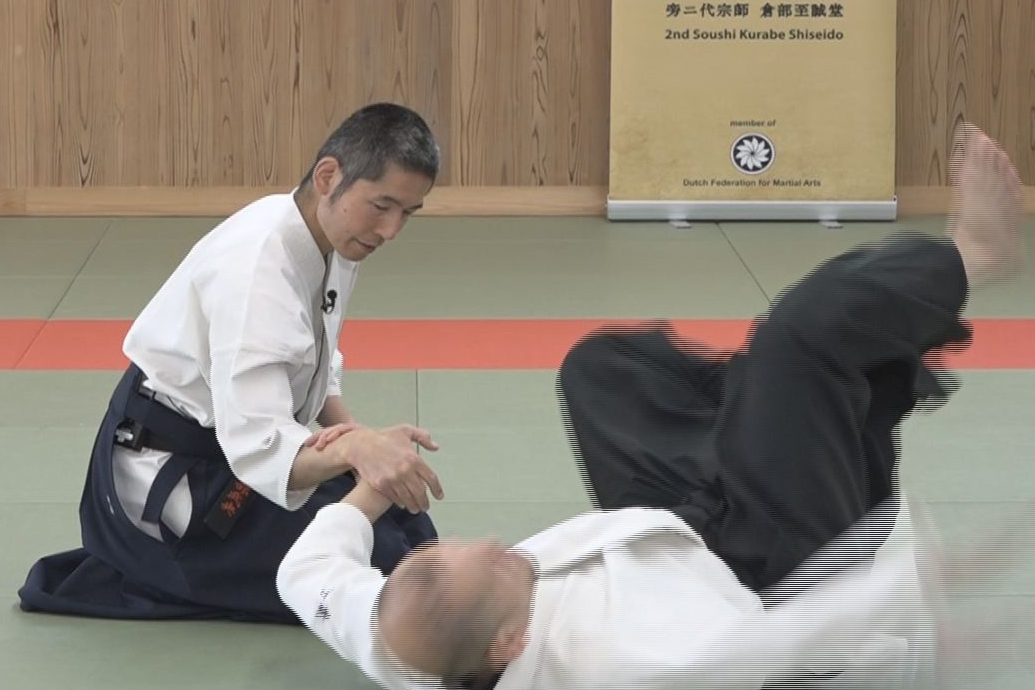
Lesson 23 With Comb. of Different Methods #1
-

Lesson 22 Advanced Tech. using F. E. method #2
-

Lesson 21 Advanced Tech. using F. E. method #1
-
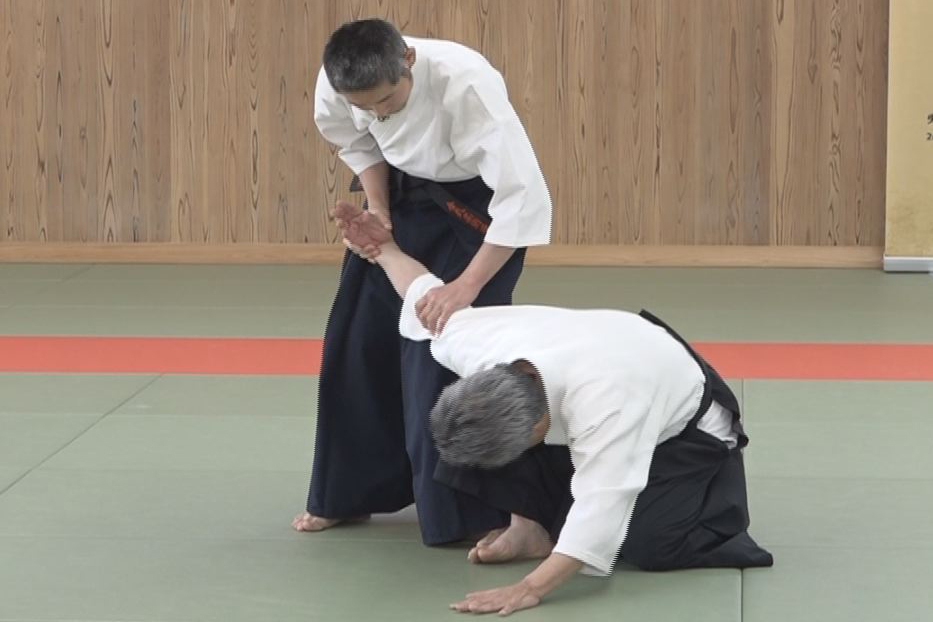
Lesson 20 Advanced tech. using T. F. T. #2
-
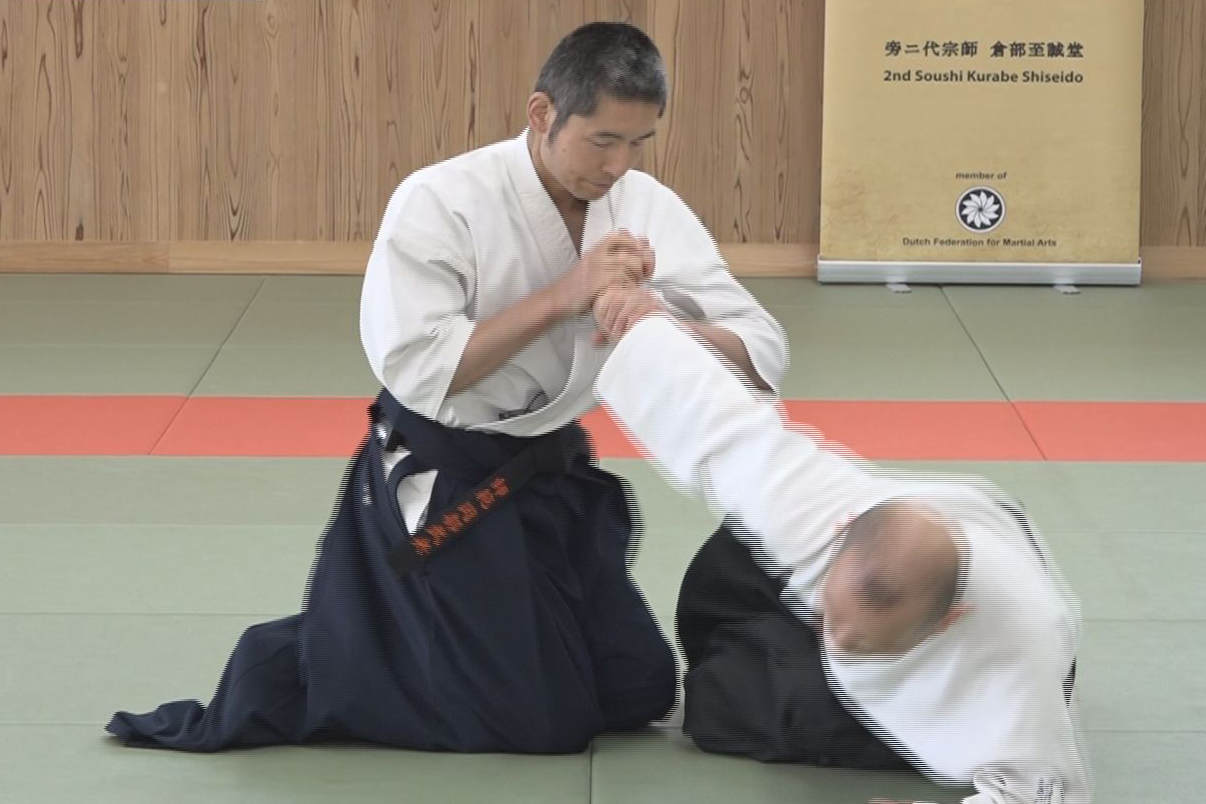
Lesson 19 Advanced tech. using T. F. T. #1
-
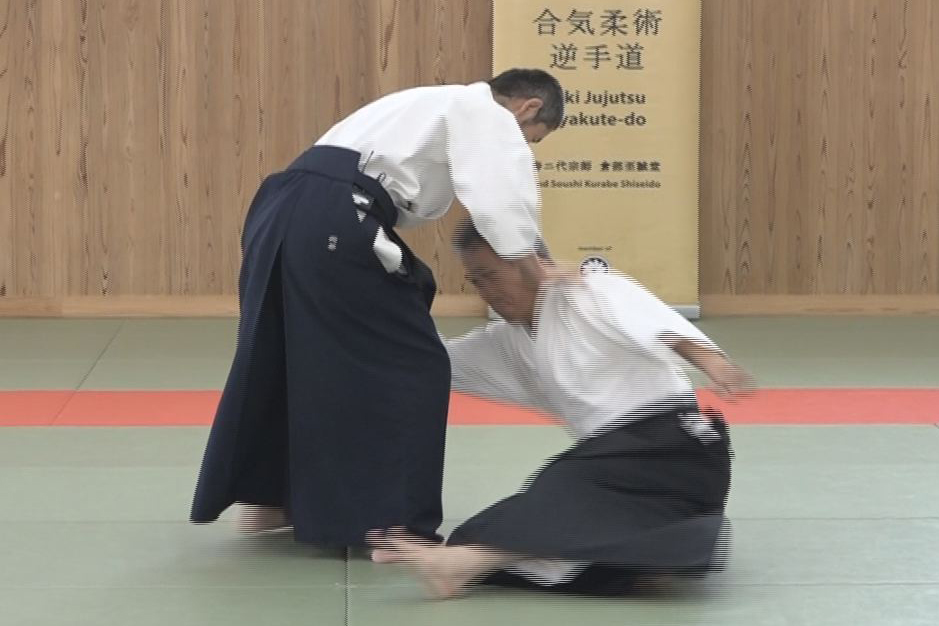
Lesson 18 Advanced tech. using AIKI Contact #2
-
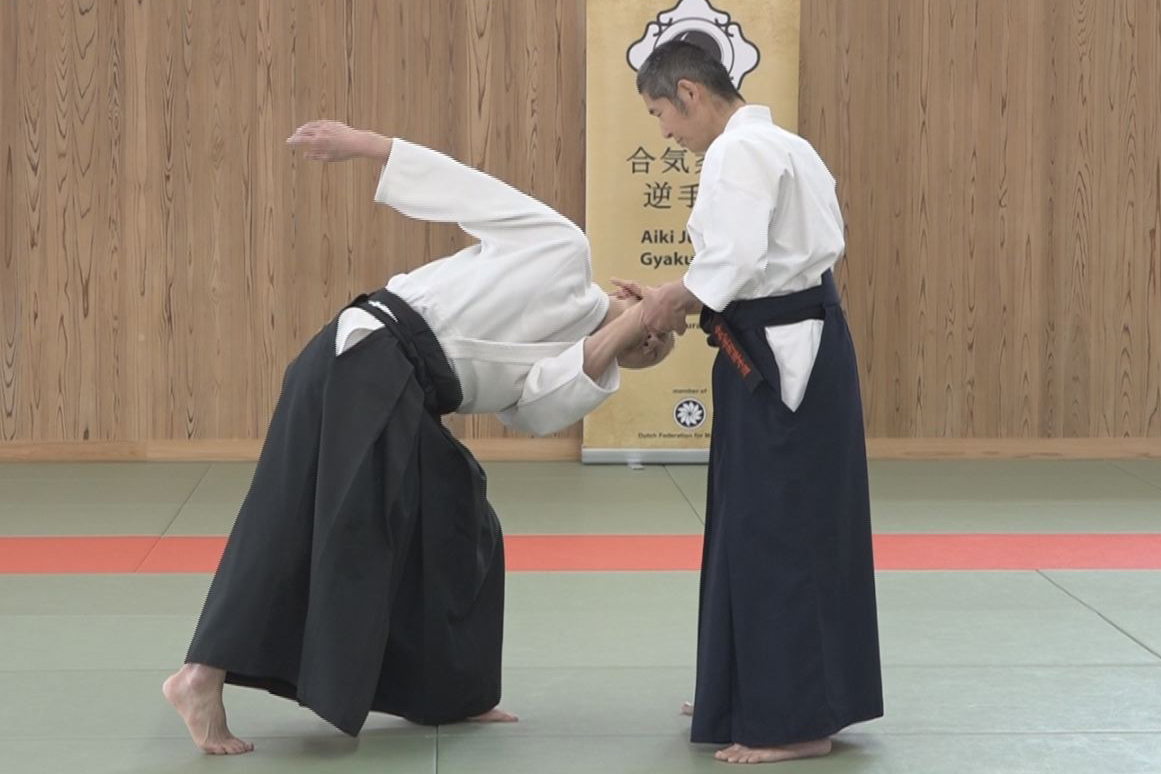
Lesson 17 Advanced tech. using AIKI Contact #1
-
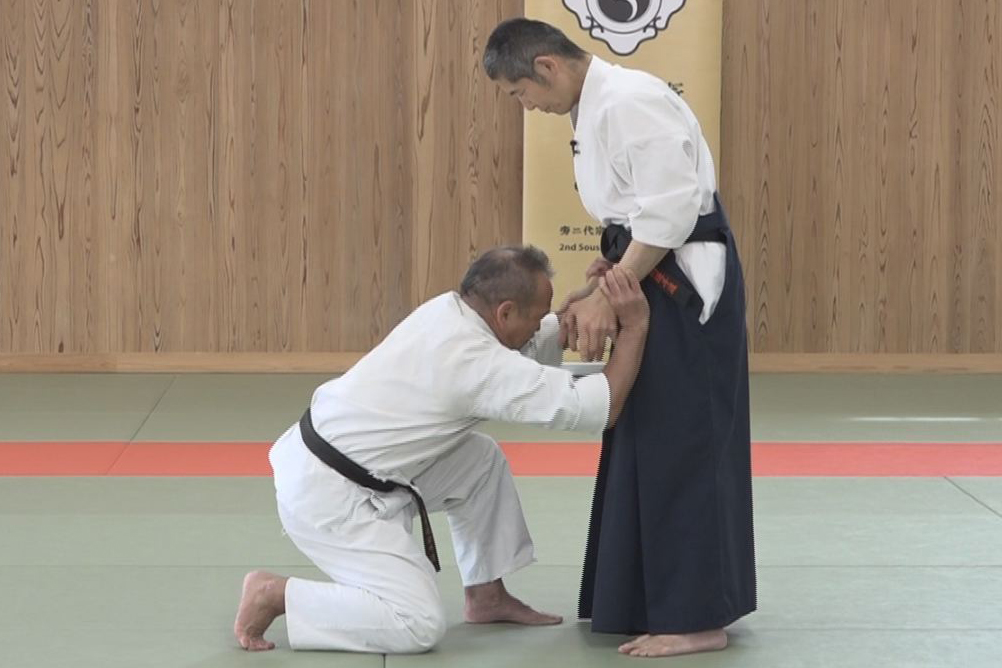
Lesson 16 Advanced tech. by Undetectable F.T. #2
-
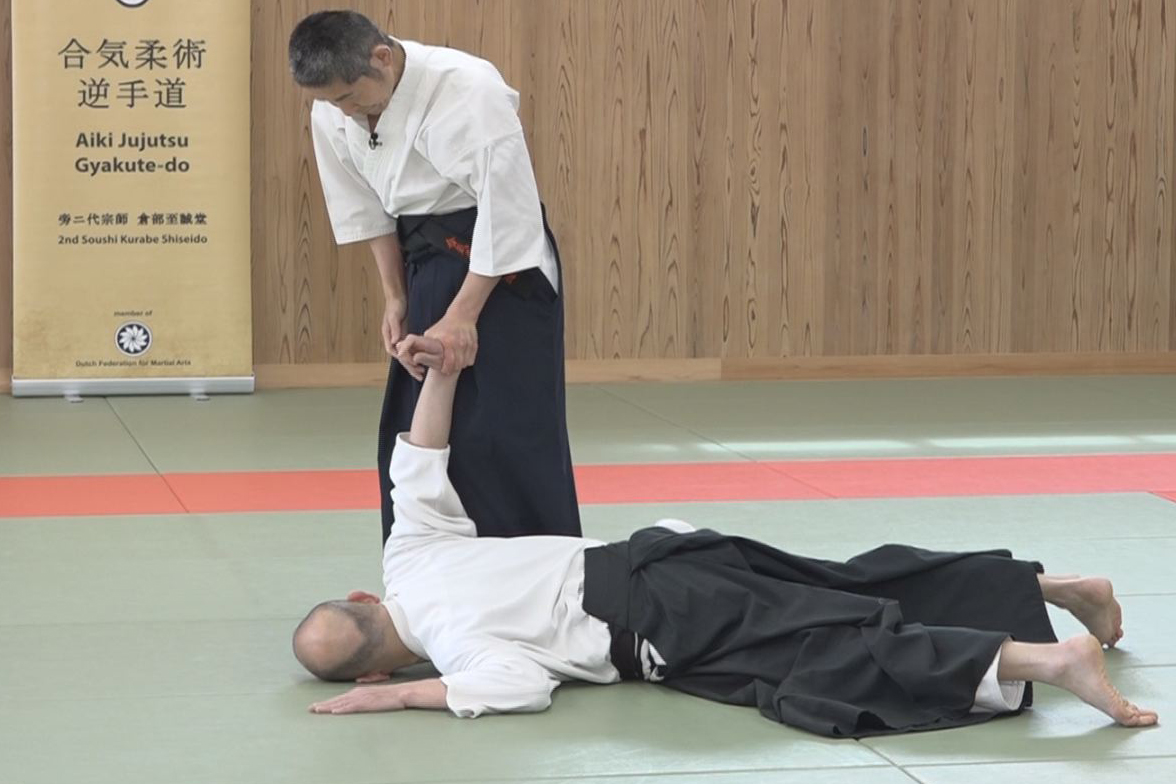
Lesson 15 - Advanced tech. by Undetectable F. T. #1
-
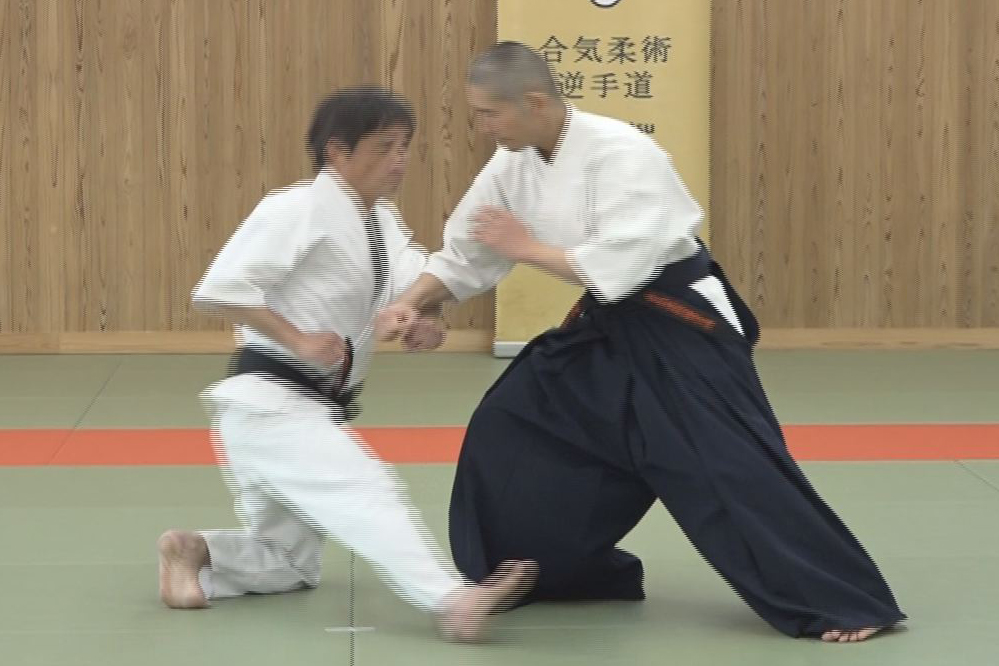
Lesson 14 - Advanced tech. by the Waving method #2
-
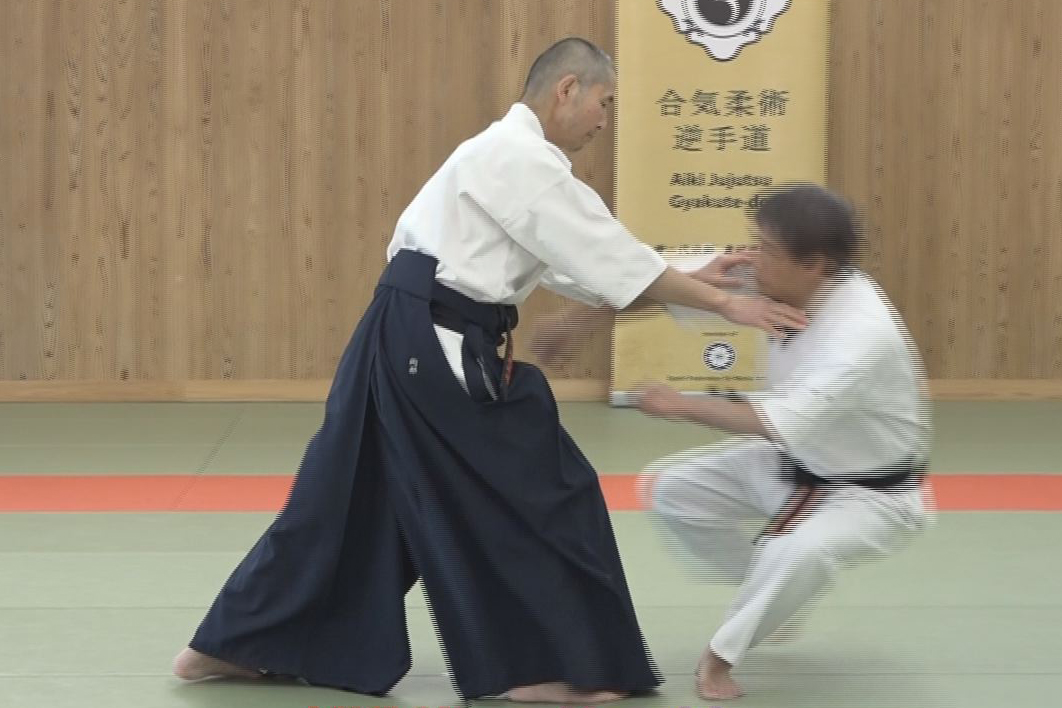
Lesson 13 - Advanced tech. by the Waving method #1
-
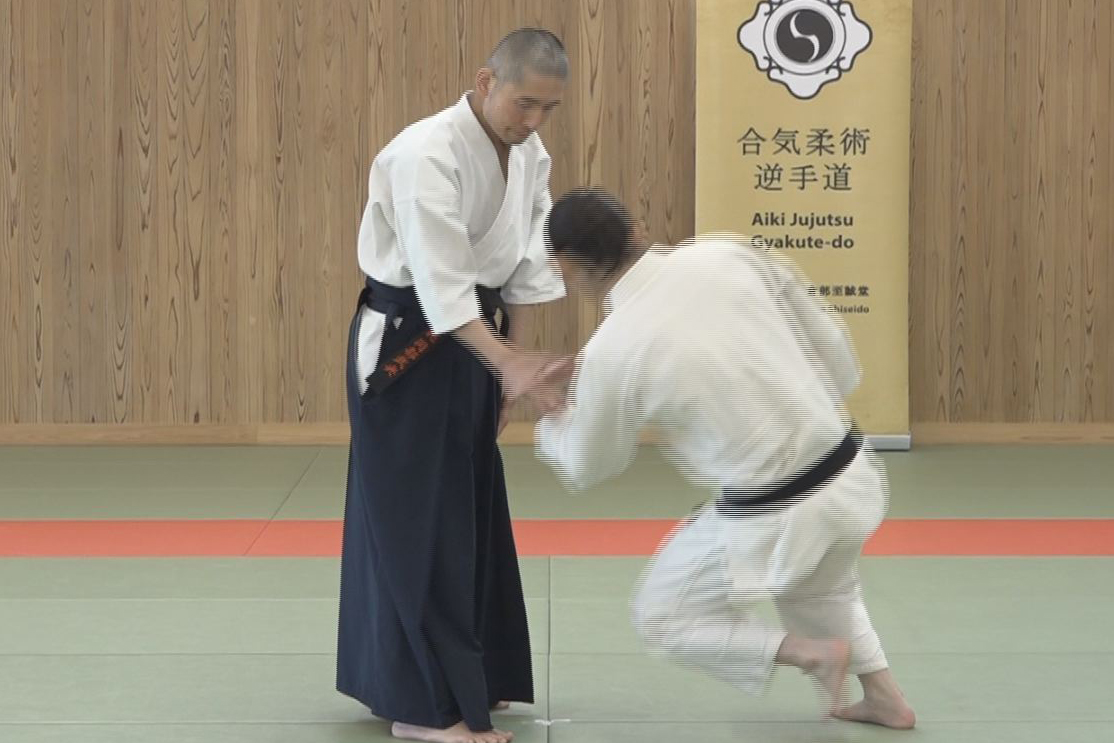
Lesson 12 - Gyaku-te by not Using Force nor AIKI
-
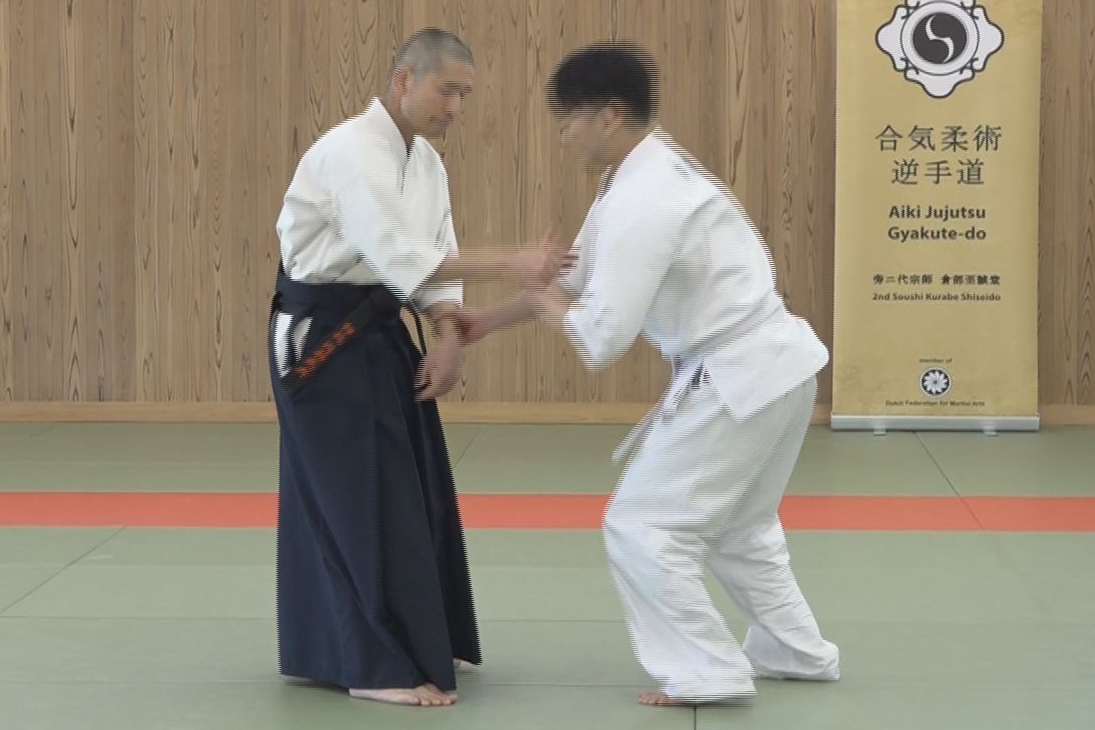
Lesson 11 - Gyaku-te Realized by the AIKI Method
-
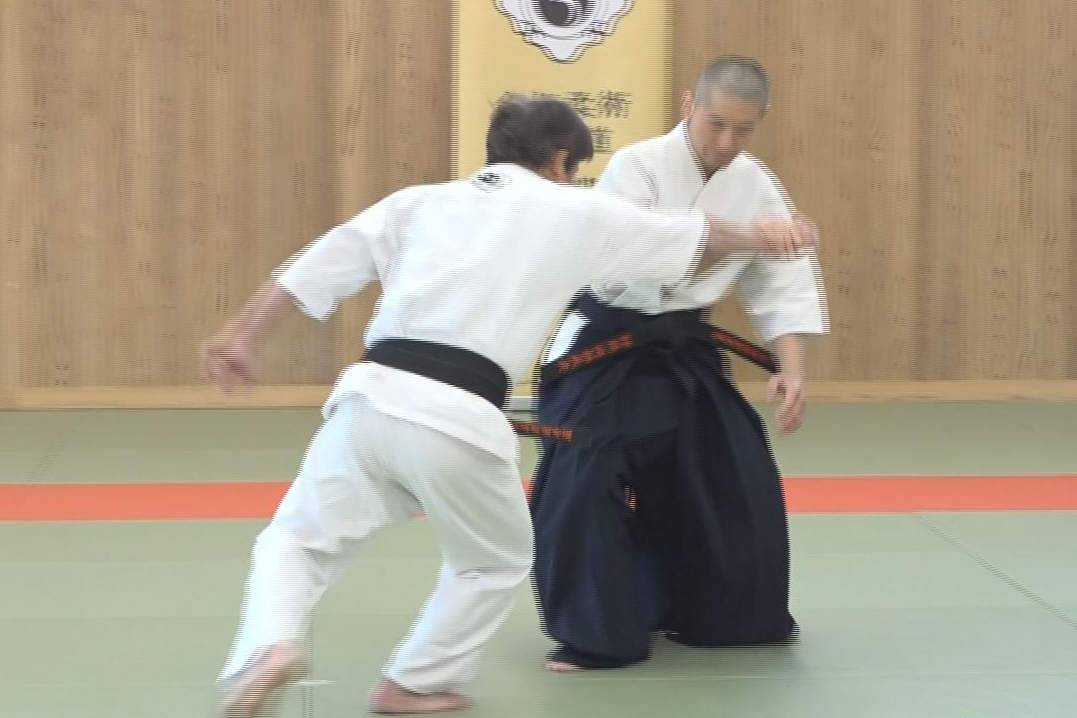
Lesson 10 - Application of Force Equilibrium method
-
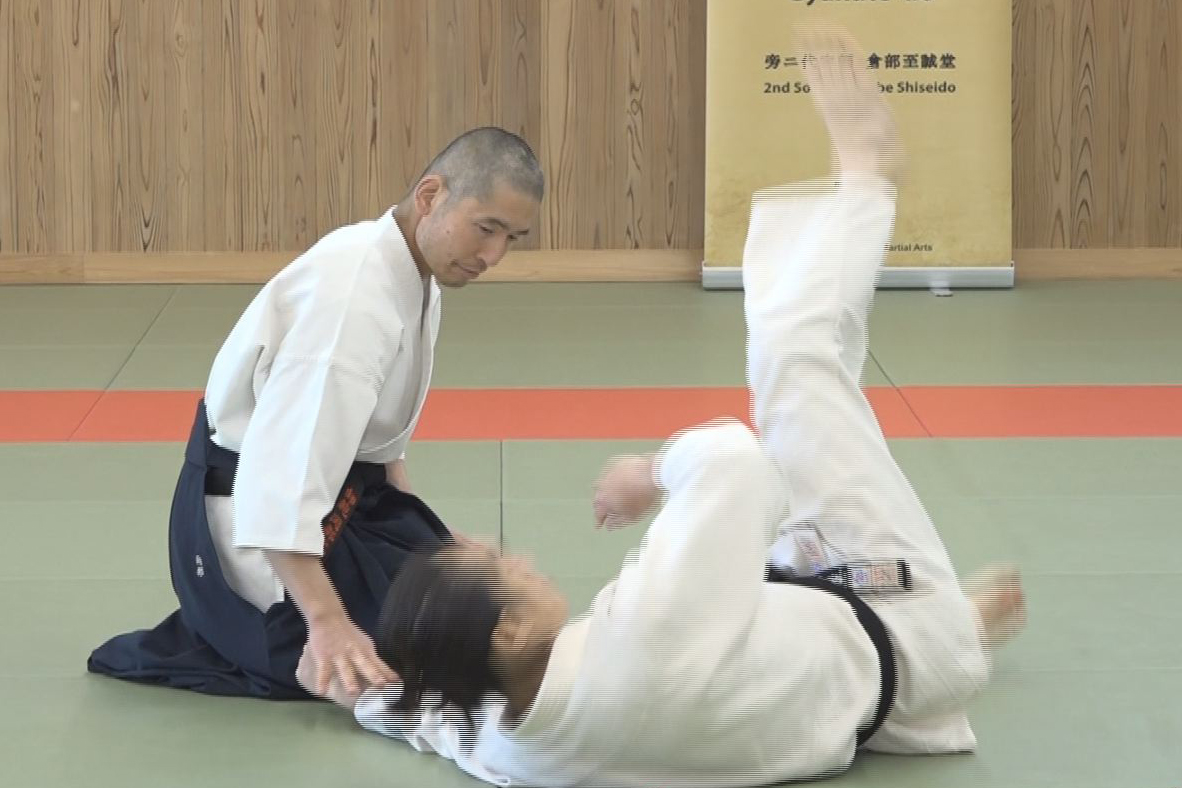
Lesson 9 - Force Equilibrium
-
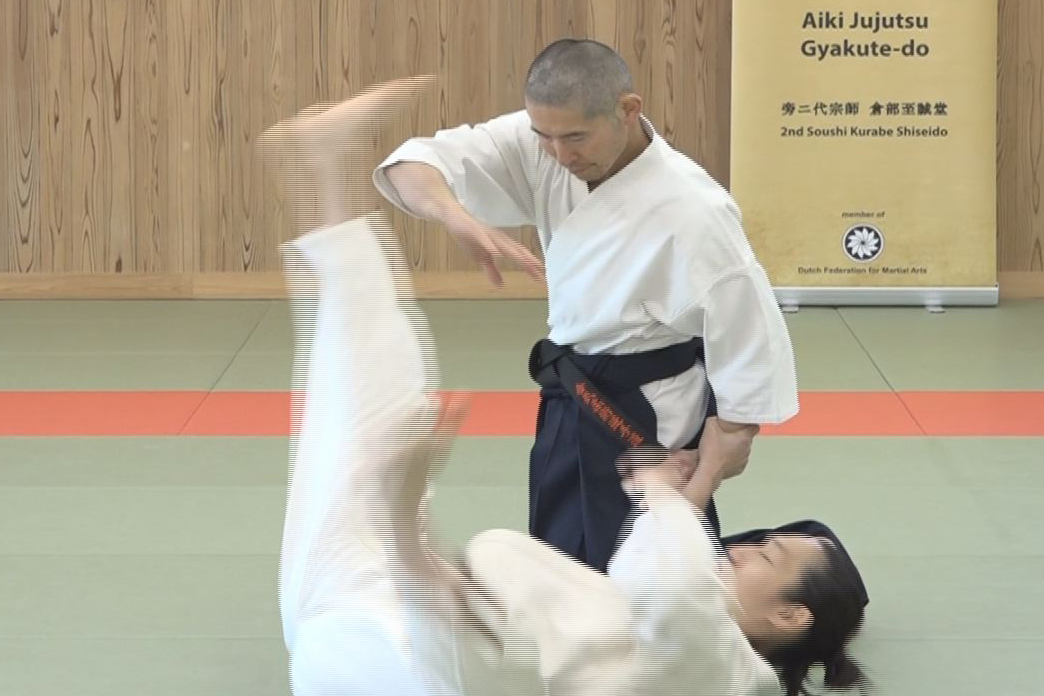
Lesson 8 - Application of Targeted Force Transfer
-
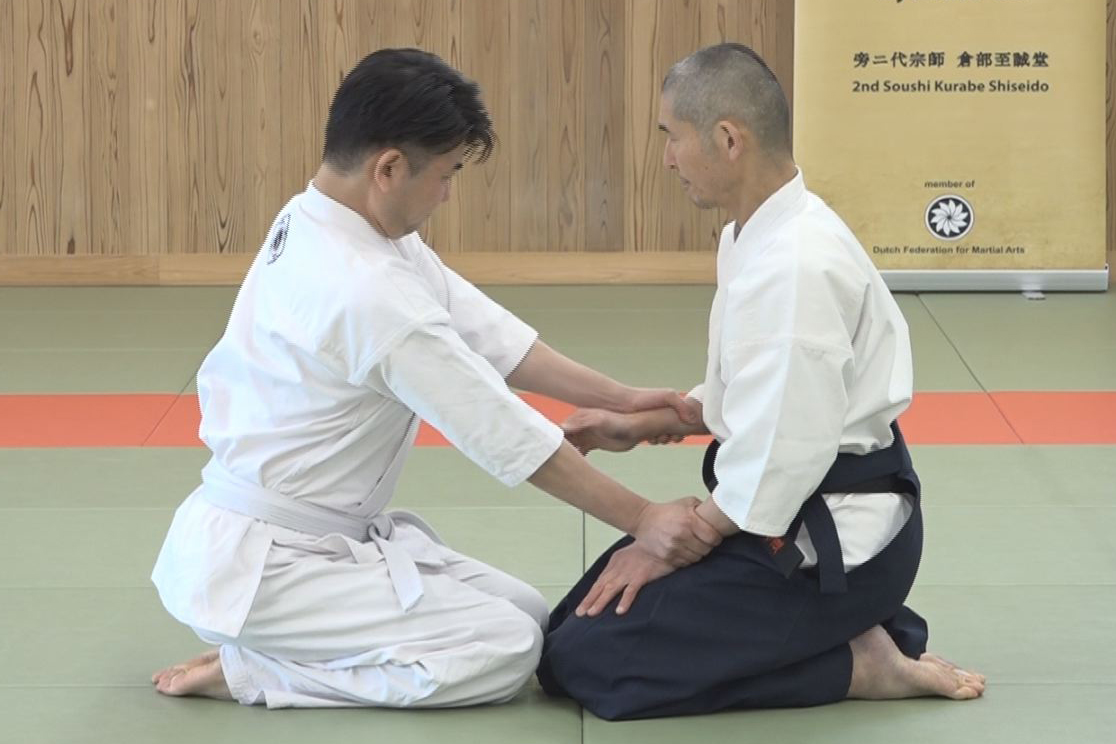
Lesson 7 - Targeted Force Transfer
-
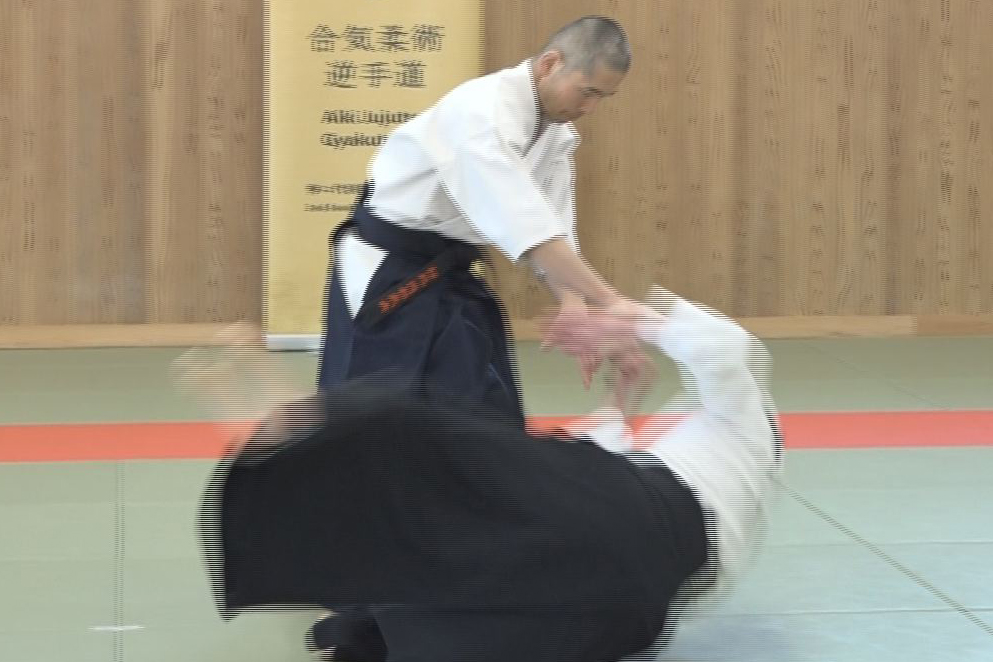
Lesson 6 - Application of AIKI Connection
-
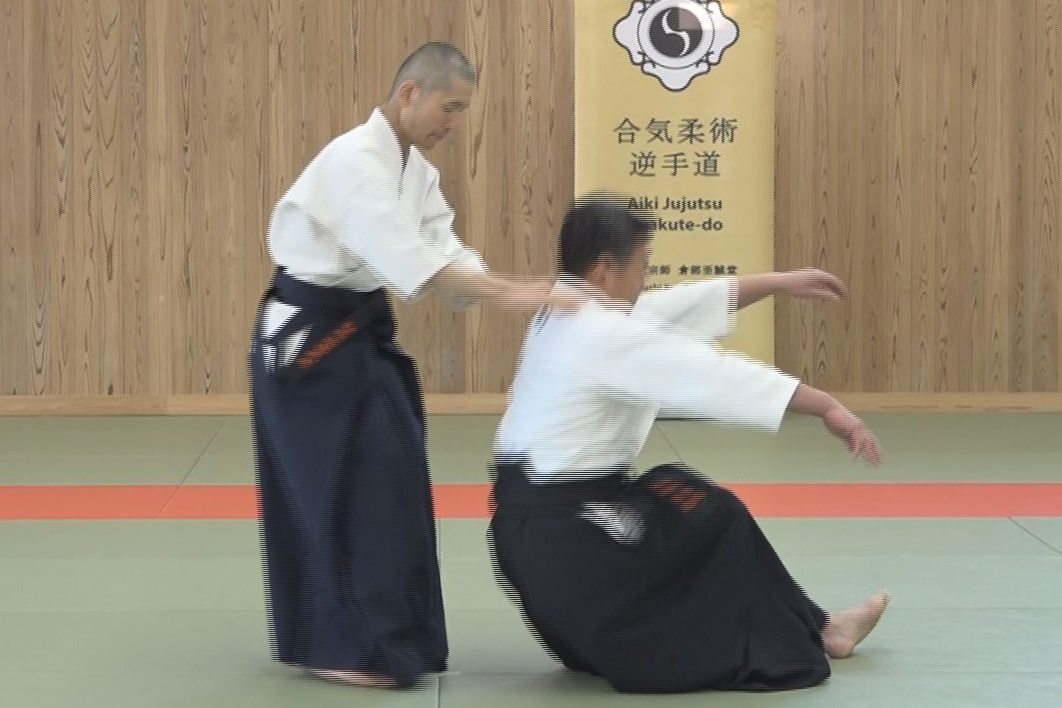
Lesson 5 - AIKI Connection
-
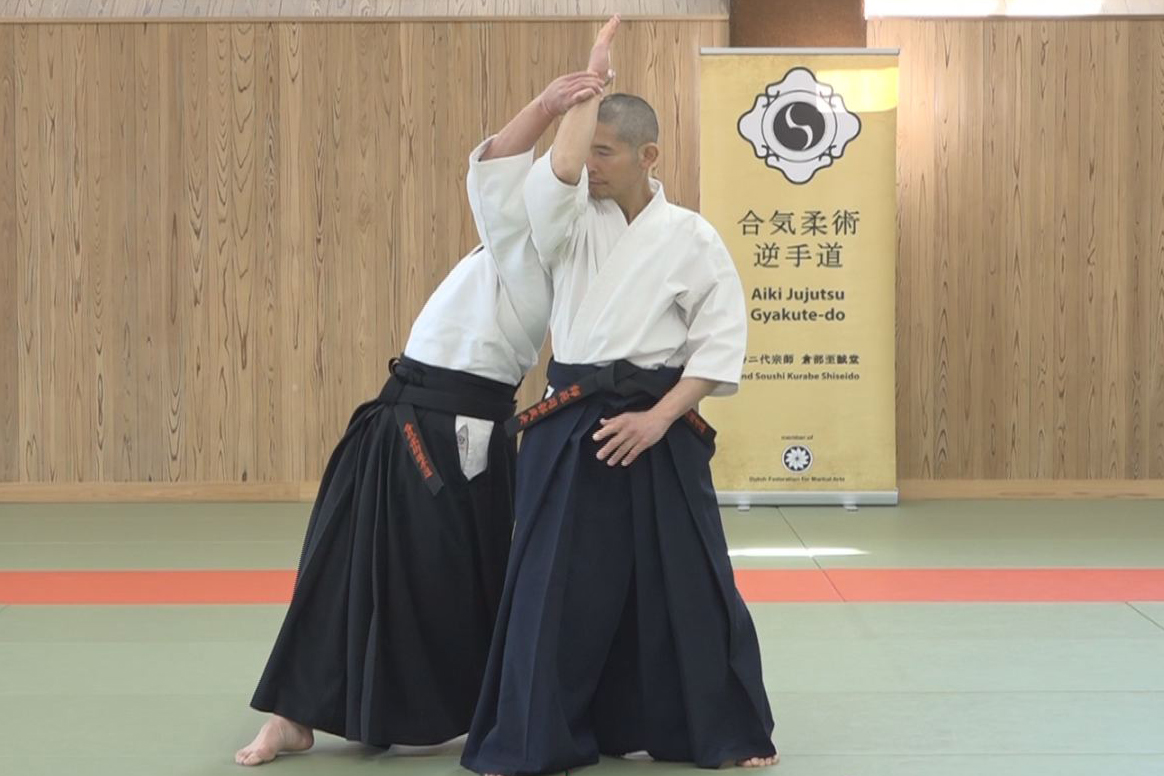
Lesson 4 - Application of Nondetectable Force Transfer
-
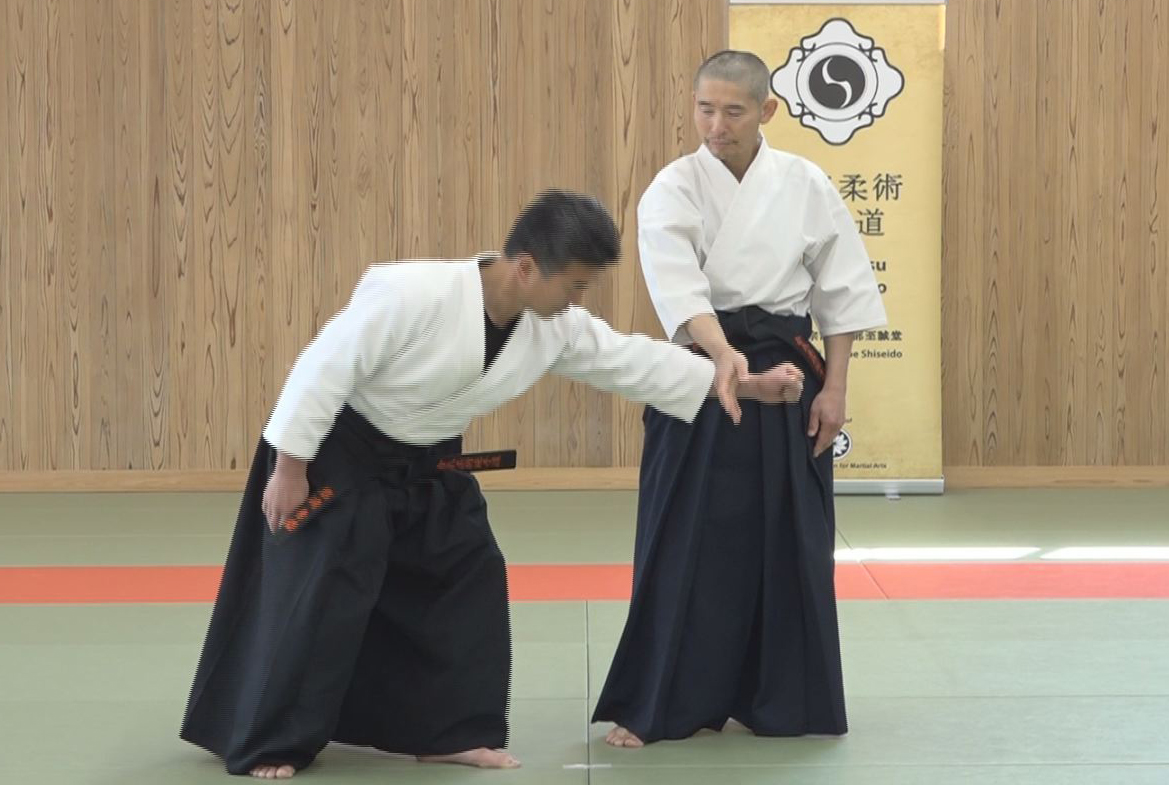
Lesson 3 - Explanation of Undetectable Force Transfer
-
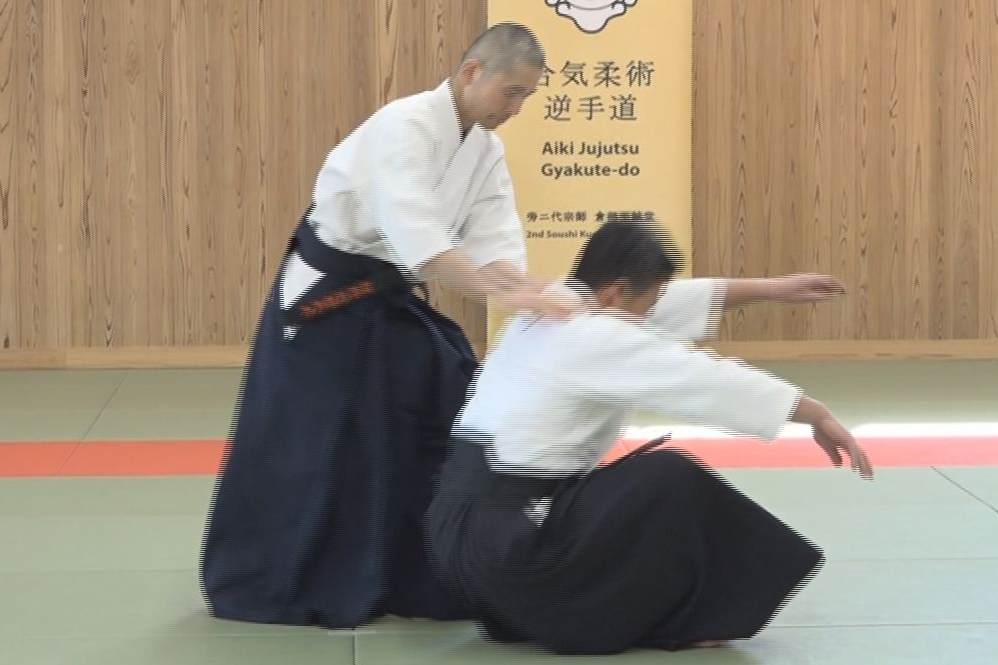
Lesson 2 - Application of Waving Method
-
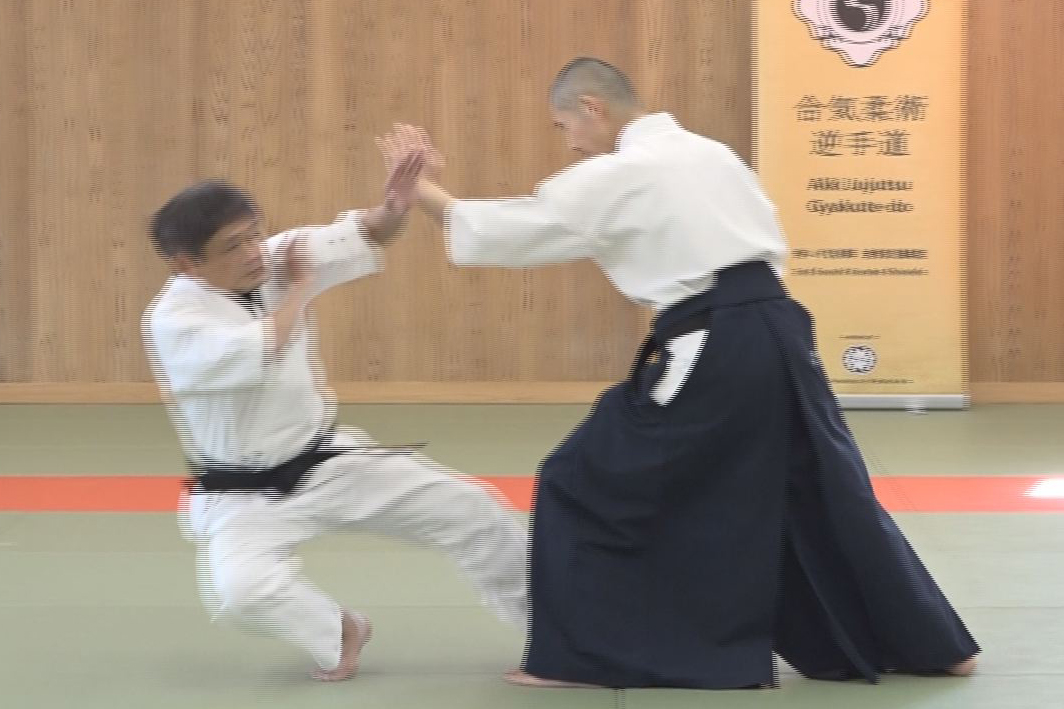
Lesson 1 - The Explanation of Waving Method
-
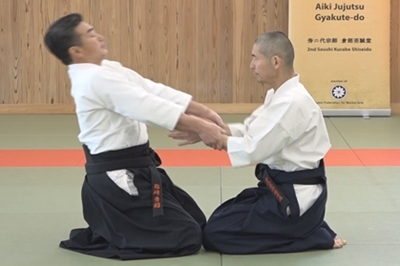
Introduction with video
and Knowledge of AIKI


